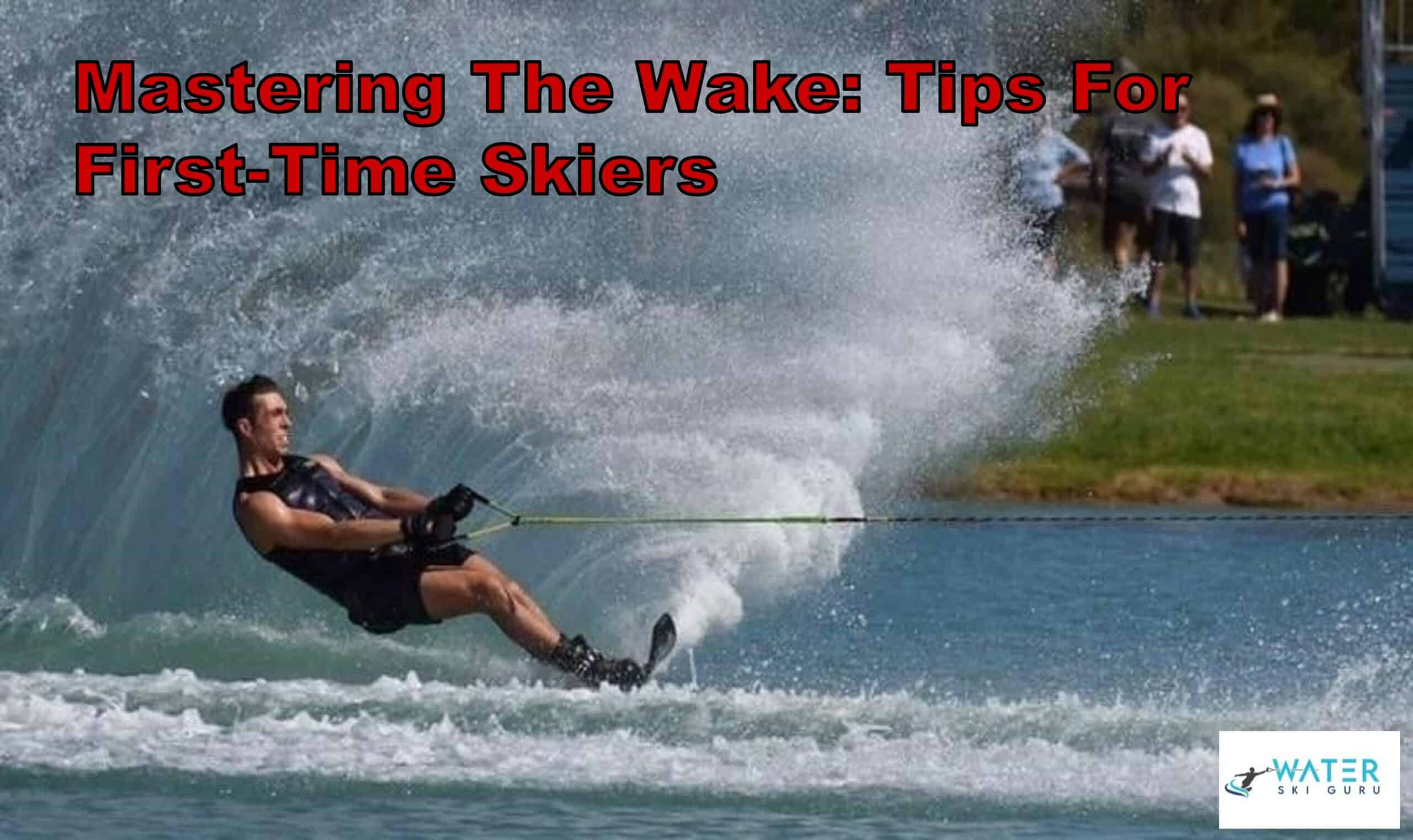I remember the first time I tried to cross the wake while skiing. It was a nerve-wracking experience, and I felt like I was about to fall at any moment. But with practice and perseverance, I learned the proper techniques to master the wake and become a confident skier.
That’s why I’m sharing my tips for first-time skiers who want to conquer the wake and feel the rush of adrenaline that comes with skiing.
In this article, I will provide you with the essential techniques and strategies for crossing the wake, including weight transfer, keeping both skis together, and maintaining speed. I will also give you tips on how to overcome your fear of the wake and become a confident skier.
Whether you’re a beginner or an experienced skier looking to improve your skills, these tips will help you master the wake and experience the thrill of skiing like a pro.
So, let’s dive in and start mastering the wake!
Crossing Technique
I need to transfer my body weight to the opposite ski and put pressure on the long edge of my skis for direction change when crossing the wake for the first time. Simply turning my body won’t be enough to change direction on double skis. I must focus on the weight transfer and put pressure on the long edge of the skis to change direction effectively.
To ensure successful weight transfer, I need to position my body correctly. I should have my knees bent and arms straight to maintain balance and control. By doing this, I can keep my weight evenly distributed between my feet while crossing the wake, giving me the stability I need to make the turn.
With proper body positioning and weight transfer, I can confidently cross the wake and enjoy the thrill of the ride.
Practice and Preparation
By practicing turning from side to side inside the boat’s wash before attempting to cross it, I’ve built the necessary skills and confidence to successfully navigate the wake.
Pre-skiing exercises, such as working on balance and leg strength, can also greatly improve one’s ability to handle the wake.
Additionally, having the proper equipment, such as skis that are the right size and type for one’s skill level, can make a big difference in overall performance.
It’s important to remember that mastering the wake takes time and practice. Starting with smaller wakes and gradually working up to larger ones can help build skills and confidence.
By staying relaxed, positive, and focused, and by consistently practicing proper technique and preparation, anyone can become a skilled wake skier.
Tips for Success
Staying confident and relaxed, keeping arms straight and knees bent, and distributing weight evenly between feet while cresting the wake are key to successfully navigating it.
It’s important to visualize yourself crossing the wake with ease before attempting it. This will help you overcome any fear or hesitation you may have.
Another helpful tip is to focus on your breathing. Take deep breaths and exhale slowly to calm your nerves and relax your muscles.
Remember to keep your gaze fixed on a spot on the water well outside the wake and commit fully to your direction. With practice and perseverance, you’ll soon be mastering the wake like a pro.
Frequently Asked Questions
What type of equipment is necessary for crossing the wake as a first-time skier?
As a first-time skier crossing the wake, ski equipment basics are essential. Wakeboarding equipment essentials include skis, bindings, and a handle. Don’t forget a personal flotation device and a helmet for safety.
How does wind speed and direction affect crossing the wake?
Wind speed and direction can greatly impact crossing the wake. Higher wind speeds can create larger waves, making it more challenging to maintain balance. Wind direction can also affect the boat’s path and the angle of the wake, requiring adjustments in technique.
Are there any specific types of clothing or gear that should be worn for wake skiing?
I investigated the theory that specific clothing or gear is necessary for wake skiing. Wake skiing attire should be comfortable, flexible, and quick-drying. Protective gear like helmets and life jackets are crucial for safety.
What are some common mistakes or pitfalls to avoid when attempting to cross the wake?
To avoid falls when crossing the wake, proper technique is crucial. Some common pitfalls include flattening skis and relying too much on handle pressure. Stay confident, keep arms straight, and distribute weight evenly between feet.
Is it necessary to have previous skiing experience before attempting to cross the wake?
Proper instruction is essential before attempting to cross the wake. Wake skiing techniques require knowledge of weight transfer, edging, and body position. With practice, beginners can master the wake. Don’t be intimidated.
Conclusion
In conclusion, crossing the wake for the first time can be a challenge, but it can be mastered with the right techniques and preparation. Remember to transfer your weight properly, keep both skis together, and maintain speed. Practice is key, so don’t be discouraged if it takes a few tries to get it right.
Overcoming fear is also important for success. Start with small wakes and gradually work your way up. Focus on your technique and don’t let fear hold you back. With determination and practice, you can become a confident skier and conquer the wake.
So gear up, hit the water, and master that wake like a pro!

